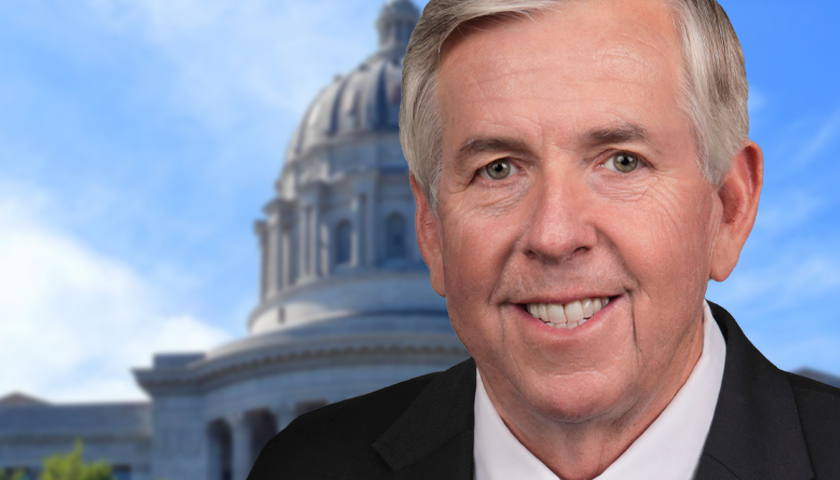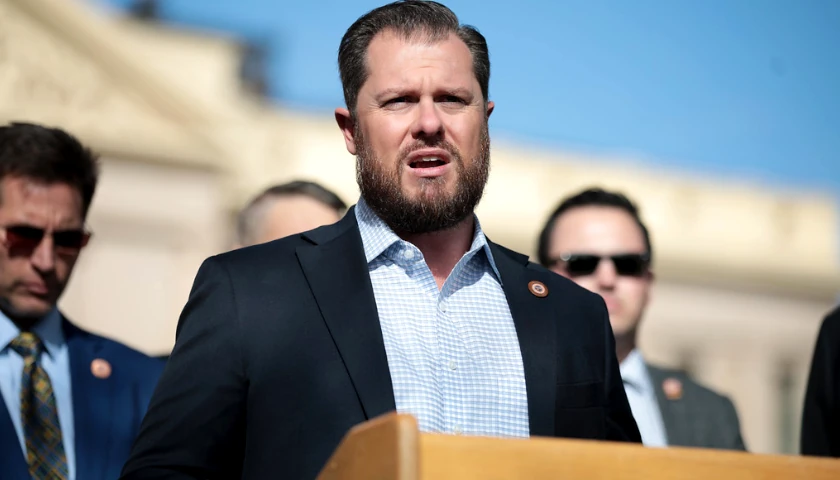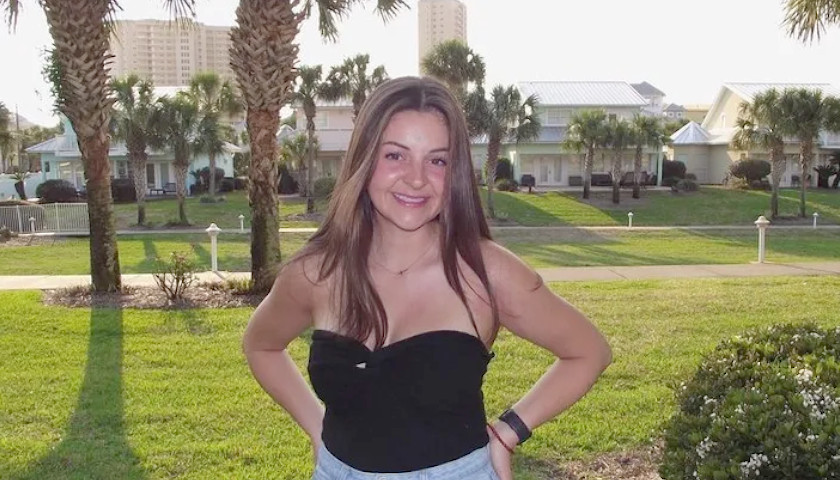by Joe Mueller
Days after Republican Gov. Mike Parson let emergency COVID-19 orders expire on Dec. 31, Missouri’s Department of Health and Senior Services (DHSS) reported significant increases in COVID-19 infections.
The DHSS dashboard on Monday showed 35,067 new confirmed cases during the last seven days, an 88.8% increase compared to the previous seven-day total. The seven-day positivity rate was 27.3%, an increase of 11.7 percentage points compared to the previous seven-day total. Many health organizations and agencies consider a positivity rate higher than 5 or 10% to be a predictor of rampant spread of sickness, resulting in increased hospitalizations and deaths.
“Thanks to the effectiveness of the vaccine, widespread efforts to mitigate the virus, and our committed health care professionals, past needs to continue the state of emergency are no longer present,” Parson said in a statement on Dec. 30, 2021. “Over the last 22 months, we have coordinated with local, state, and private partners to mitigate COVID-19 and work towards returning to normalcy. We all now know how to best fight and prevent serious illness from this virus. The State stands ready to provide assistance and response, but there is no longer a need for a state of emergency.”
The action drew an immediate and critical response from the St. Louis Metropolitan Pandemic Task Force, an organization comprised of the largest health systems in eastern Missouri created to address COVID-19 surges, care and capacity.
“For health care systems in Missouri, the emergency order that enables us to expand our ability to care for more sick patients will be lost,” the Task Force said in a statement. “As health care providers, we will continue to do all we can to meet the burgeoning health care needs of COVID and non-COVID patients, but those efforts are made more difficult with the expiration of the emergency order. While we all want the pandemic emergency to end, the sad fact is that the number of people newly infected with COVID each day now exceeds past surges.”
From Dec. 25 to 31, DHSS reported 35,067 confirmed cases, a daily average of 5,010. There were 2,154 patients hospitalized with COVID; 466 were in an intensive care unit and 264 on ventilators. DHSS reported the remaining capacity of hospital beds throughout the state at 26% and ICU beds at 19%. Leaders of several health systems stated on social media and through media outlets a prediction of too few beds for those patients with non-COVID diagnoses, such as heart attacks, strokes or accident victims.
The executive order that expired was implemented Aug. 27, 2021. It focused on easing regulations on telehealth and allowed state agencies to request waivers of statutory and regulatory requirements hindering the state’s ability to respond to challenges of the COVID-19 pandemic. During the peak of the pandemic, more than 600 statutory and regulatory waivers were in place; only 163 remained in effect under the August order.
“The order allowed expanded utilization of telehealth services, the ability to exceed licensed bed capacity when required by demand, and the opportunity to eliminate barriers to testing and treatment of COVID patients in partnership with the Department of Health and Senior Services,” the Task Force statement said.
As the Missouri legislature reconvenes on Jan. 5, the Task Force stated it would focus on influencing those in Jefferson City to reinstitute regulatory assistance.
“… we will work diligently with the Missouri Department of Health and Senior Services, and continue advocacy with the state legislature, to reinstate many of the provisions that are essential to providing health care services during this pandemic,” the Task Force statement said. “For the greater good and the health and well-being of our families, neighbors and state, as a collective medical community, we implore the legislature to work with us. The health of our communities and sustainability of our health systems across Missouri depend on it.”
Parson’s statement pledged flexibility with health care systems during the transition period to fully return to pre-pandemic operations. He also said agencies, boards, commissions and departments can begin making permanent regulation changes and the general assembly also can make policy changes during the upcoming session.
“In Missouri, we never had mandates or forced lockdowns,” Parson said in the statement. “The main focus of our state of emergency was to provide regulatory flexibility to support and assist Missourians, health care facilities, and businesses and coordinate a COVID-19 response that saved lives and livelihoods. We encourage all Missourians to consider COVID-19 vaccination and to stay diligent, but we can work together to fight COVID-19 while living our normal lives. It is time to take this final step and move forward as a state.”
– – –
Joe Mueller covers Missouri for The Center Square. After seven years of reporting for daily newspapers in Illinois and Missouri, he spent the next 30 years in public relations serving non-profit organizations and as a strategic communications consultant.
Photo “Mike Parson” by Office of Missouri Governor CC BY-SA 2.0 and photo “Missouri Capitol” by CC BY 4.0.








